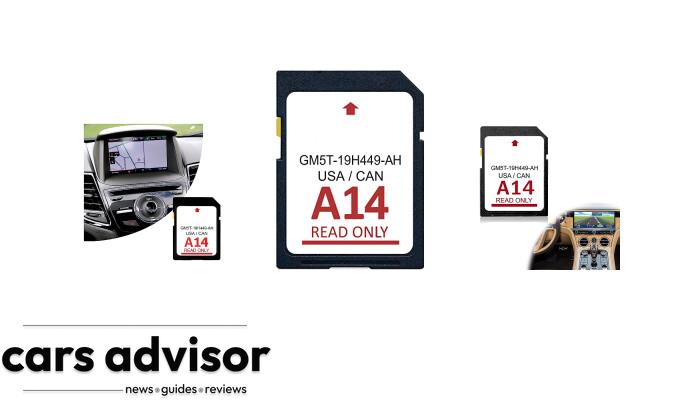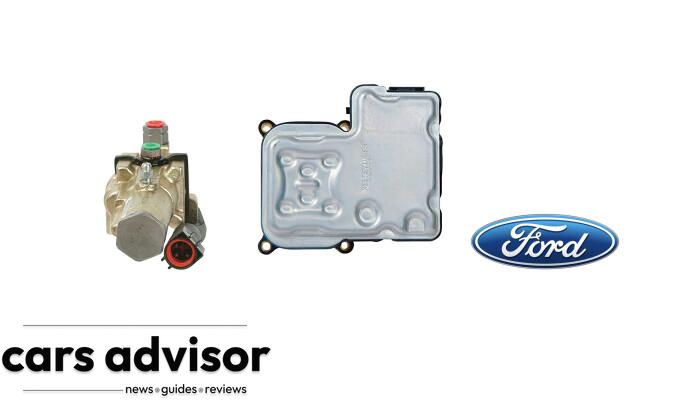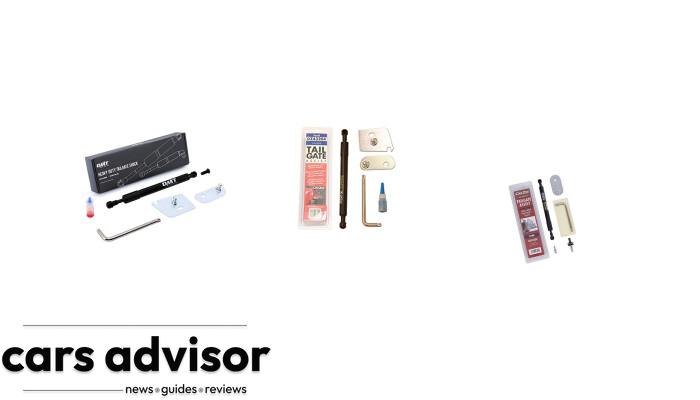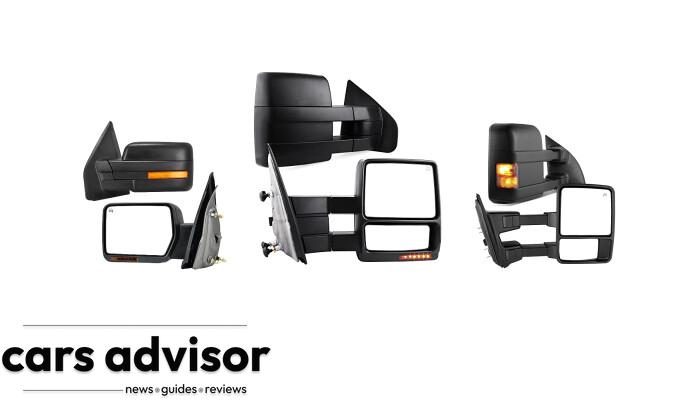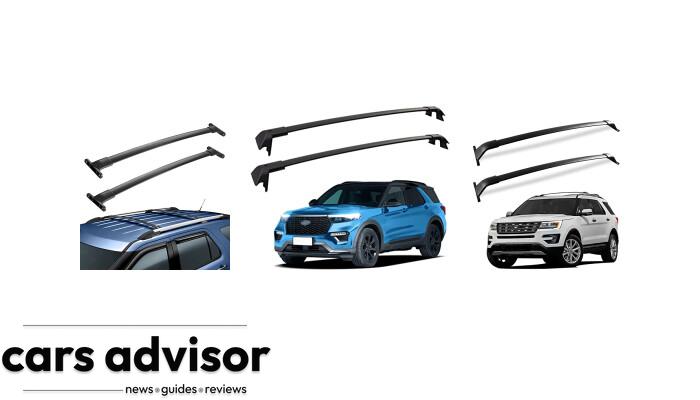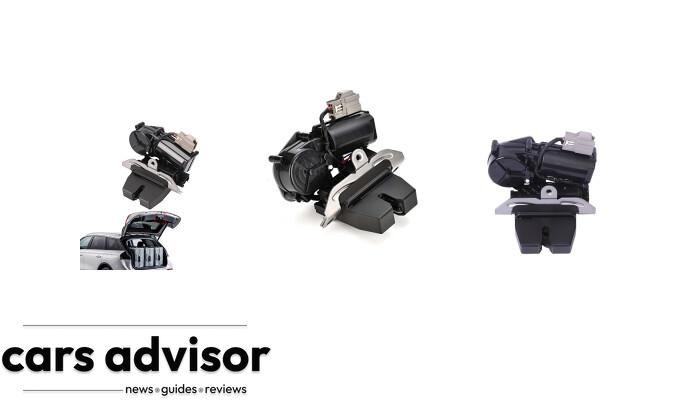TLDR
1. The “S” on a car’s gear shift typically stands for “Sport mode”, which is used for more aggressive driving. 2. Sport models of cars usually cost more than other models. 3. The “B” on a gear shift stands for “Brake”. 4. Each gear mode, including “S” and “B”, has its own function. 5. The “S” on a gear shift does not stand for “Speed”. 6. Sport mode changes the transmission to a higher performance setting. 7. The S setting is found on automatic cars. 8. The L setting on an automatic gear shift means Low Gear mode when the car is in 1st or 2nd gear. 9. On most US and imported cars featuring an automatic transmission, the letters P-R-N-D-L spell out the different gear modes.Understanding The “S” In Cars
The “S” in cars usually stands for Sport or Sport Mode, which enhances the driving experience with a more dynamic and performance-oriented feel.Sport Or Sport Mode
Sport mode, often indicated by an “S” on the gear shift or a button on the dashboard, is a feature found in many modern vehicles with automatic transmissions. This mode alters the vehicle’s transmission settings to allow for more aggressive driving and improved performance. When engaged, sport mode often adjusts factors such as throttle response, suspension stiffness, and steering sensitivity to create a more dynamic driving experience. For example, let’s say you’re behind the wheel of a Honda Accord or Ford Fusion equipped with sport mode. Activating this mode will result in higher RPMs before shifting gears – allowing for faster acceleration – while enhancing engine braking to provide better control during spirited driving. Some cars may even include paddle shifters behind the steering wheel that enables drivers to manually change gears without taking their hands off the wheel when using sport mode. Overall, having access to Sport Mode allows drivers who crave increased responsiveness and agility from their vehicles to tap into that potential whenever they desire it most.Sport Suspension
Another “S” feature in cars is sport suspension. This type of suspension is designed for more aggressive driving and aims to improve a car’s handling and cornering ability. Sport suspension typically includes stiffer springs, shock absorbers, and anti-roll bars than those found in standard suspensions. It also sits lower to the ground, which helps increase stability at high speeds. For example, the Honda Accord Sport comes with a sport-tuned suspension that provides better handling during cornering while still maintaining a comfortable ride quality on ordinary roads. Similarly, the Ford Fusion Sport features continuously controlled damping (CCD) technology that automatically adjusts the car’s shocks based on driving conditions for optimum performance and comfort.Sport Package
Another feature that comes with the “S” in cars is the Sport Package. This package typically includes upgrades to improve a car’s handling, performance, and overall sporty feel. The enhancements can come in various forms, such as upgraded wheels and tires, suspension tuning, sport exhaust systems, front and rear spoilers for aerodynamics, and more. For example, BMW’s M Sport Package includes an M Aerodynamic kit for improved airflow over the car’s body. It also adds M Sport suspension for better handling and control on winding roads. Audi’s S Line package offers similar enhancements like larger 19-inch wheels with summer performance tires and a sport-tuned suspension that lowers the car by about half an inch from its regular ride height.Standard Transmission
When it comes to the “S” in cars, one feature that may come to mind is a standard transmission. This type of transmission allows drivers to manually shift gears using a clutch pedal and gear shifter, as opposed to an automatic transmission that shifts gears on its own. While some car enthusiasts may prefer the control and driving experience provided by a standard transmission, they can often be harder to find in newer models as automatic transmissions have become more popular. Some examples of cars that still offer a standard transmission include the Honda Accord Sport and Ford Fusion Sport. However, it’s important to note that choosing a standard transmission can come with drawbacks such as decreased fuel efficiency and potentially more wear and tear on the vehicle’s clutch. Ultimately, whether or not a driver chooses a car with a standard or automatic transmission will depend on personal preference and driving habits.Supercharger Or Turbocharger
Another common feature that the “S” in cars might stand for is the presence of a supercharger or turbocharger. Both of these features help increase an engine’s power output by forcing more air into the combustion chamber, resulting in greater horsepower and torque. In simple terms, they are like lungs pumping air into an engine to make it breathe better. Superchargers tend to be belt-driven and compress air directly into the engine, while turbochargers use exhaust gases to spin a turbine which then forces more air back into the engine. These features are commonly found on high-performance vehicles such as sports cars and muscle cars, but can also be added to other types of vehicles for additional power. However, increased power usually comes at the cost of lower fuel efficiency and higher maintenance costs. Some popular car models with superchargers or turbochargers include the Chevrolet Corvette Z06 (supercharged), Ford Mustang Shelby GT500 (supercharged), Nissan GTR (turbocharged) and BMW M5 (turbocharged). These cars are known for their impressive acceleration due to their powerful engines with forced induction technology.Sedan Or Station Wagon
The “S” in a car’s name or model can also refer to its body type, such as “sedan” or “station wagon”. Sedans typically have four doors and are designed for everyday use, while station wagons offer more cargo space and versatility. The sport models of these body types tend to have higher performance engines, stiffer suspension systems, and larger wheels. For example, the Honda Accord Sport is a popular sedan that features upgraded interior materials and larger wheels compared to the standard model. On the other hand, the Ford Fusion Sport is a midsize sedan with a powerful V6 engine that delivers impressive acceleration. Meanwhile, the Audi A4 Allroad Sport Wagon offers extra ground clearance and all-wheel-drive capabilities for off-road adventures. Overall, whether you prefer sedans or station wagons as your daily driver or weekend getaway vehicle, there is an “S” option available that caters to your needs and preferences.How To Identify The “S” In A Car’s Name Or Model
To discover if a car has the “S” feature, you can look for specific letters or numbers in its name or model, or simply check the dashboard or owner’s manual – keep reading to find out more about this exciting feature!Look For Specific Letters Or Numbers In The Car’s Name Or Model
To identify the “S” in a car’s name or model, look for specific letters or numbers that denote sportiness. For example, BMW uses the letter M to indicate their high-performance models like the BMW M5. Audi uses the letter S in their S Line models like the Audi S4 and Mercedes-Benz adds AMG to their higher-performing models like the Mercedes-AMG C 63. You can also check a car’s dashboard or owner’s manual for indicators of sport features such as Sport Mode, which is usually activated by pressing a button on the gear shifter or steering wheel. Some cars may also have an “S” button specifically for Sport mode. Additionally, some cars may use other symbols such as “+” and “-” to denote different driving modes including Sport mode. Understanding what these specific letters and symbols mean can help you choose a vehicle with features suited to your driving needs and preferences. However, bear in mind that these performance-oriented vehicles typically come at higher costs and maintenance expenses due to their enhanced capabilities.Check The Car’s Dashboard Or Owner’s Manual
To identify the “S” in a car’s name or model, you can check the car’s dashboard or owner’s manual. Here are some tips: 1. Look for a button or switch with the letters “S” or “Sport”. 2. Check the gear shift knob to see if it has an “S” symbol. 3. Look for specific letters or numbers in the car’s name or model that indicate a sport or performance-focused version. 4. Consult the owner’s manual for information on the different driving modes and features of your particular vehicle model. Remember that not all cars have an “S” mode, and some may use different terminology to indicate a sport or high-performance feature. It’s important to familiarize yourself with your specific car’s features to get the most out of your driving experience.Does the Mileage of a Car Affect the Meaning of the ‘S’ in the Model Name?
When considering the meaning of the S in a car model name, mileage plays a crucial role. Many car enthusiasts wonder, 170,000 miles on car: is it bad?? The answer depends on various factors such as maintenance and driving conditions. Higher mileage might indicate wear and tear, but with proper care, it could still be reliable.









